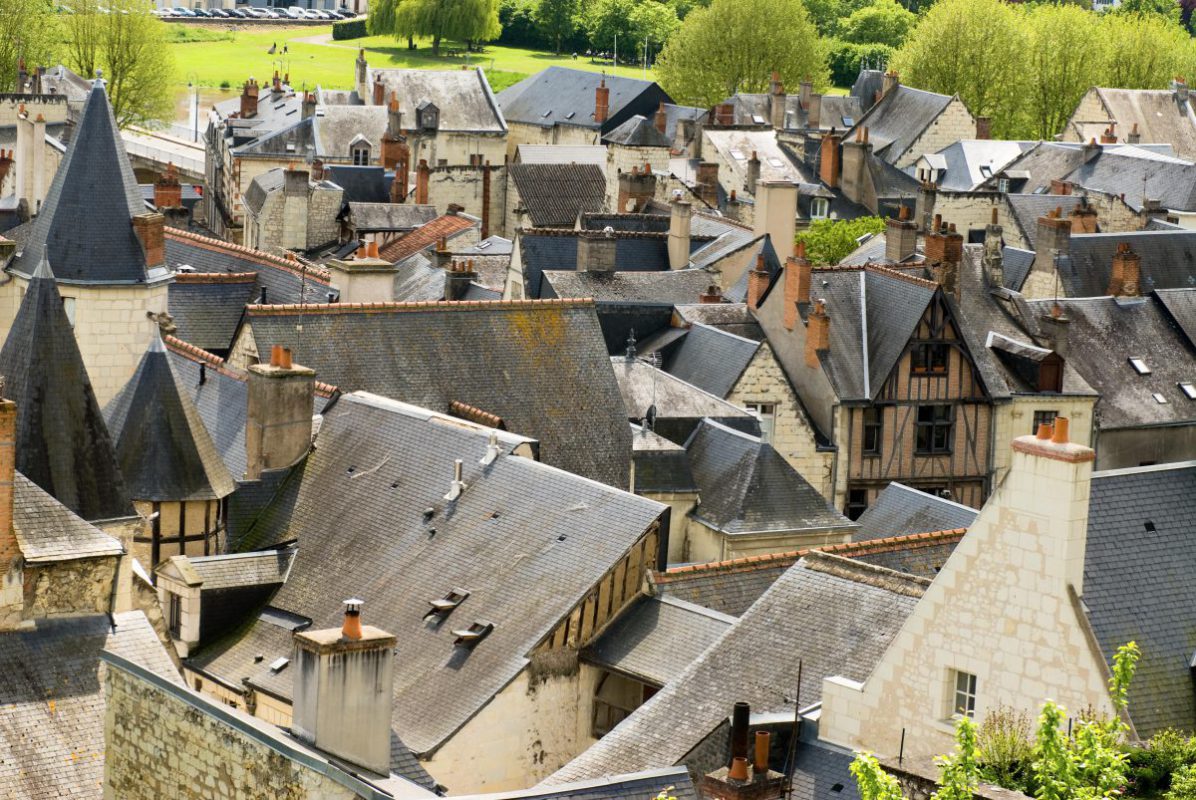At one time, asphalt shingles, slate, clay, or stone were about the only options for roofing materials. Today, there are many other options to choose from to fit your needs. There are also new and updated looks for existing materials.
Here are 9 different types of roofing materials to consider for your next job:
1. Solar tiles
Solar tiles can be input into existing shingles and can generate up to 1 kilowatt of energy per 100 square feet. These are great for areas with a lot of sun and homeowner’s associations that do not allow solar panels. These also help offset energy costs.
2. Asphalt shingles
These are the most common type of roofing material in the United States due to their effectiveness in a variety of environmental conditions. Asphalt shingles are required to pass wind tests for safety. Impact resistant shingles can sometimes qualify for a discount on homeowner’s insurance. Upfront costs are lower than other roofing options. These shingles will need to be replaced after about 20 years.
3. Metal
Metal roofing is available in vertical panels or shingles resembling slate, tile and shake. The lightweight materials can be installed over existing roof material and easily repels snow and heavy winds. Metal roofs can be noisy during rainstorms, and may dent from hail. Costs on average are between $5 and $12 per square foot. Corrosion also varies by material.While metal roofing is more expensive than asphalt, it has one of the longest lives of any other roofing materials at about 60 years.
4. Stone-coated steel
Resisting winds up to 125 mph, heavy rain, hail, and freezing, stone-coated steel is an economical choice for regions prone to extreme weather and fires. The interlocking panels of stone-coated steel can mimic slate, clay, or shingles with more longevity than the real deals. Many stone-coated roofs have a lifetime warranty.
5. Slate
Slate will not burn, is waterproof, resists mold/fungus, and lasts more than 100 years. The material is expensive, heavy, and can be broken when stepped on and during hail. Slate can last more than 100 years.
6. Rubber slate
Rubber slate looks like natural but can be cut to fit various roofs. It is common on intricate roofs on Victorian homes. Like its stone counterpart, rubber slate can last 100 years, but can be damaged but hail and satellite dishes. This material is uncommon and difficult to find. Many installers do not work with this material.
7. Clay and concrete
These tiles can withstand earthquakes, hurricanes, tornadoes, and high winds. They are especially popular in dry, warm climates like California. Clay and concrete tiles may need extra support for their weight and can break when walked on.
8. Green roofs
These roofs are essentially roof-top gardens. The plants on these roofs improve air quality, reduce water runoff, and insulate homes. They need to extra structural support, drainage, water filtration, soil, and plants. Green roofs are estimated to last 40 years but will not work in climates with shorter growing seasons.
9. Built-up roofing
This consists of layers of asphalt, tar, and aggregate. Built-up roofing is only meant for flat roofs and roofs with heavy foot traffic. These roofs can be sticky in hot weather and can be difficult in heavy snow. Estimated lifespan is 20-25 years.
The type of roof depends on your budget, home, lifestyle, and local climate. If you have questions about the best roof for your home and needs, contact us today!
Source: Nationwide

